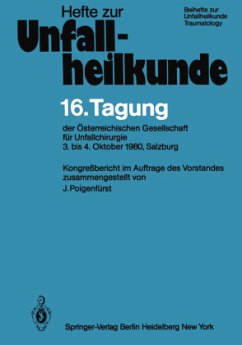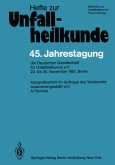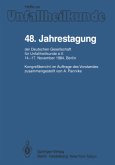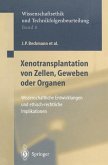Avascular fragments and necrotic bone are the main causes of early bone infection and nonunion after internal fracture fixation. Autologous cancellous bone transplantation is indicated, to stimulate callus formation at the noninfected fracture side, 2 weeks after incision, drainage and refixation of the fracture by external device. In 113 patients 209 cancellous bone transplantations were performed. Noninfected wound healing and sound union of fracture was reached in 94%, full weightbearing was possible in 90% of patients within 1 year. Average hospital stay was 85 days/patient. Literatur 1. Burri C (1979) Posttraumatic Osteitis, 2. Aufl. Huber, Bern Stuttgart Wien 2. Schmit-Neuerburg KP, Labitzke R (1980) Ergebnisse zur Spongiosaplastik beim Infekt. In: Hierholzer G (Hrsg) Die posttraumatische Knocheninfektion. Springer, Berlin Heidel berg New York 3. StUrmer KM, Schuchardt W (1980) Neue Aspekte der gedeckten Marknagelung und des Aufbohrens der Markhi:ihle im Tierexperiment. Unfallheilkd 83 :433 Die Stabilisierung der fruhinfizierten Fraktur mit auEeren Spannern H. Kraumann Chirurgische Abteilung des Bezirkskrankenhauses, Mlada Boleslav, CSSR In den Jahren 1976 bis 1979 wurden von uns 23 offene Frakturen des Unterschenkels mit einem Infekt mit auBeren Spannern eigener Konstruktion behandelt (Abb. 1). Davon waren 3 Frakturen I. Grades, 11 Frakturen II. Grades und 9 Frakturen III. Grades. Bei 14 Frak turen wurde die Stabilisierung durch eine Spongiosaplastik vom Beckenkarnm erganzt. Seit 1978 kleben wir die Spongiosaspane mit eigenem Plasma des Patienten.








